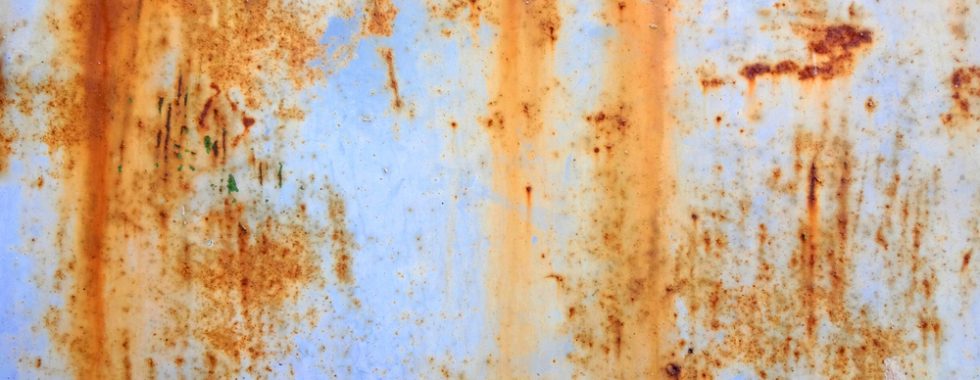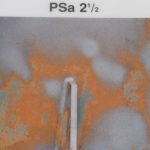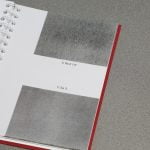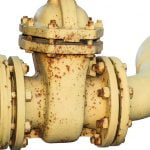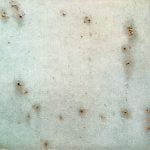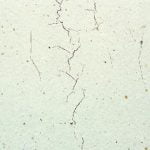Rust proof
The assessment and evaluation of defects in protective coatings is described by various international standards such as ISO 4628. In the first of a series on this important standard, we look more in depth at those sections which cover blistering and rusting (Parts 2 and 3).
Any coating will have a limited service life and will inevitably degrade over time. This can be hastened by the effects of weathering and corrosive gases among other factors and there can be any number of defects and modes of failure that can impact on a coating, affecting its long-term performance. However, the most common forms are usually detachment (variously described as flaking, peeling and delamination), blistering, cracking and rust formation.
ISO 4628 outlines the general principles associated with the quantity and size of any defects. It also defines the intensity of changes in the appearance of coatings and outlines the guiding principles used to undertake assessments. This guidance should be considered for defects caused by ageing and weathering, and general ‘yellowing’ among other changes that can occur to a coating over time.
While Part 1 of the standard defines the overall system used for designating the quantity and size of defects and the intensity of changes in appearance of protective coatings – in doing so, outlining the general principles of the system – Part 2 should be considered and adhered to by surveyors for assessing the degree of blistering of coatings by comparison to a set of pictorial standards. These are provided in this part of ISO 4628 and illustrate blisters in the sizes 2, 3, 4, and 5 together with each size in the quantities (or densities) 2, 3, 4, and 5.
Part 3 of ISO 4628 specifies a method for assessing the degree of rusting of coatings by comparison with pictorial standards and grades the rust in five levels: Ri 0 – Ri 5. In general, rust graded Ri 1 – RI 3, will require patch repair painting while in rust grades Ri 4 and Ri 5, the corrosion protection capacity of the coating has been depleted to a degree that will require the structure to be fully repainted. The pictorial standards provided here can easily be referenced to indicate coated steel surfaces that have deteriorated and either show the different degrees of rust that has broken through the surface or can be seen by the eye under the coating itself.
It’s important to note that the rust formation on uncoated steel surfaces is designated in accordance with ISO 8501- 1 (rust grades A, B, C and D). It is also suggested good practice to reference other documents, which can be indispensable, as part of any assessment of degree of rusting, notably ISO 13076, Paints and varnishes – Lighting and procedures for visual assessment of coatings.
In a coating survey, the surveyor should always have the original, relevant and latest revisions of the appropriate standards and test methods to hand before starting work. After all, the use of protective coatings necessitates that the process of corrosion protection painting is effectively planned. It’s also important to manage and monitor all parameters affecting the coating outcome during the painting process.
Comprehensive guidance and more about the standards for determination and evaluation of the degradation of coatings can be found in the Fitz’s Atlas of Coating Surveys. More at https://fitzsatlas.com/

